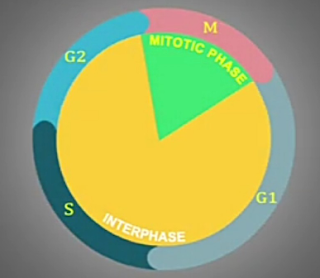CELL HISTORY AND CELL THEORY
Cell is the basic structural, functional and biological unit of all living organism. Often called as the "building blocks of life", Cell is the smallest unit of life. Cell has a rich and interesting history that has ultimately given way to many of today's scientific advancements.
The history of cell is as follows:
-In 1632-1723: Antonie Van Leevwenhook learned to make lenses and he constructed basic optical microscopes and drew protozoans (verticella) and bacteria from his mouth.
-Initially founded by Robert hooke in 1665 in a cork and then in living plant tissue using early compound microscope, he coined the name Cell (in Latin: cella; meaning: small).
-In 1839, Theodor Schwann and Matthias Jakob Schledien elucidated the principle that plants and animals are made of cells and thus, founding the Cell Theory.
-In 1855, Rudolf Virchow stated that now cells come from pre-existing cells by cell division (Omnis cellula; ex cellula).
Note: There was a belief that life forms can occur spontaneously (generation spontanea), which was contradicted by Louis Pasteur.
The invention of first transmission electron microscope (TEM) at the university of Berlin by Ernst Ruska helped in study of previously unresolvable organelles. Eg: mitochondria, plastics, etc..
Watson and Crick in 1953 made their first announcement on double helix structure of DNA.
Cell Theory:
-Cell is the basic unit of reproduction. It is basic fundamental unit. It is the structural and functional unit of life. The cell theory can be propounded on three tenets.
They are:
-All living organisms are composed of one or more cells.
(The larger the organism, more no of cells are present).
-The cell is the basic unit of structure and function in organisms.
(It performs all the basic function of the organisms. The cells together forms tissue and tissues forms organs which makes an organism).
-Cells arise from pre-existing cells. (Every new cell comes from the cell which exists commonly called parent cell by cell division giving two daughter cells).
The above was classical cell theory accepted world wide. By the passing time scientists have studied more and more about cell and today new cell theory or the nodern cell theory. The generally accepted parts of modern cell theory include:
-All known living things are made up of one or more cells.
-All living cells arise from pre-existing cells by division.
-The cell is the fundamental unit of structure and function in all living organisms.
-The activity of an organism depends on the total activity of independent cells.
-Energy flow (metabolism and biochemistry) occurs within cells.
-Cells contain DNA which is found specifically in chromosome and RNA found in cell nucleus and cytoplasm.
Thus this was all about my knowledge on cell history and theory. Scientists all over the world are working to know more about cell and its functions.








Amazing facts presented by you... well explained
ReplyDelete